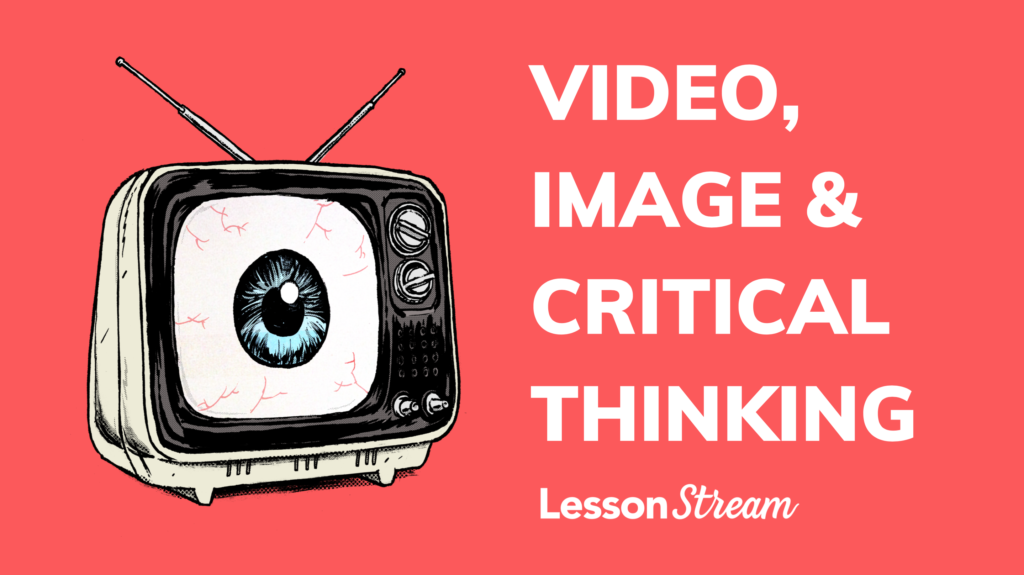Recently, I have started to notice the term 'critical thinking' appear in some unexpected and problematic contexts. In this post, I am going to refer to three examples.
Example one
Cast your mind back to Friday 6th November, 2020.
On that day, we still didn’t know who had won the US presidential election. But things were looking good for Joe. And all eyes were on Pennsylvania.
You’ll remember that even before the results were called, Donald Trump was making unsubstantiated claims of an unfair election. And this drove a number of pro-Trump protesters to gather outside the polling station in Philadelphia.
One of these people was a woman called Lauren. Lauren had driven all the way from her home in New Jersey to Philadelphia to join the protesters.
It’s difficult not to feel sorry for Lauren. It is clear that she was suffering. You can hear the emotion in her voice – the fear, the desperation, the anger as she talks about her concern for the country and her family.
You can hear Lauren in this episode of the New York Times “The Daily” podcast. From 08:55 to 11:20 she speaks with producer Alix Spiegel.
And then Lauren says the key line:
“I’m just seeing a real lack of critical thinking in so many people.”
Example two
How would you feel if you met someone in a semi-formal context who introduced themself as “a critical thinker.” What sort of ideas do you think that person would hold? What would it be like to spend time with that person?
Meet Shelley. Shelley appears in a video produced by Jubilee Media. And this is exactly how she introduces herself – as a critical thinker.
Shelley is also a Flat Earther.
Example three
A search of the word “critical thinking” on Facebook will lead you to a number of groups that discuss conspiracy theories and logically-flawed ideas.
Here are some examples. Note the group title in each case:




The problem with the term
In the context of English language teaching, I have observed that ‘critical thinking’ is often conflated or confused with other kinds of thinking. I have sat through dozens of talks and workshops in which the presenter promised critical thinking and delivered thinking without the critical part.
On the other hand, in a world dominated by fake news, things seem to be the other way around.
Proponents of common conspiracy theories will often put forward opinions which are heavy on the critical but light on the thinking.
However we define it, it seems that the term is flawed. Perhaps it’s time for educators to drop it and move on. Maybe we should be more specific and talk about ‘information literacy’ or ‘media literacy’ which are generally easier to define.
If you feel disappointed by this, you are not alone. Personally, it’s all a bit of an inconvenience. I currently offer a course in the LessonStream Membership titled Video, Image & Critical Thinking. I’m not quite sure how to deal with that. Suggestions welcome!
Video, Image & Critical Thinking is a practical course for practising teachers. Get instant access to it when you join the LessonStream Membership.
- Get critical about video and image for the purpose of class discussions.
- Help your students to become more media savvy.
- Develop an understanding of stereotyping and ethics in video.
- Recognise dishonesty and fake news on YouTube.



